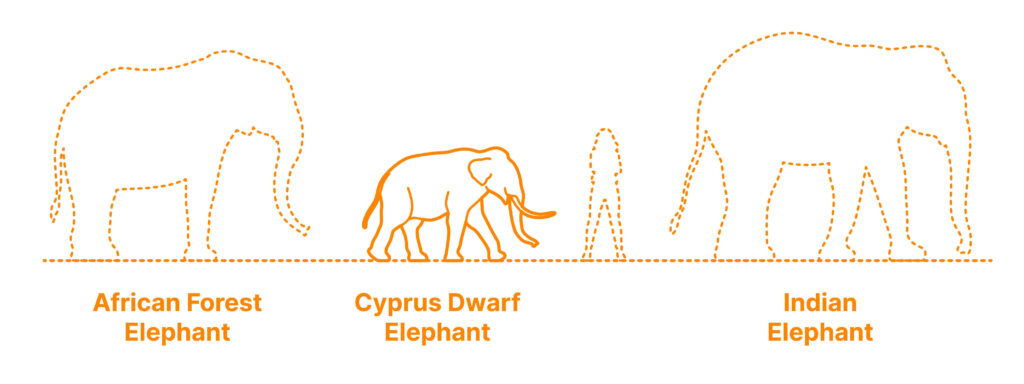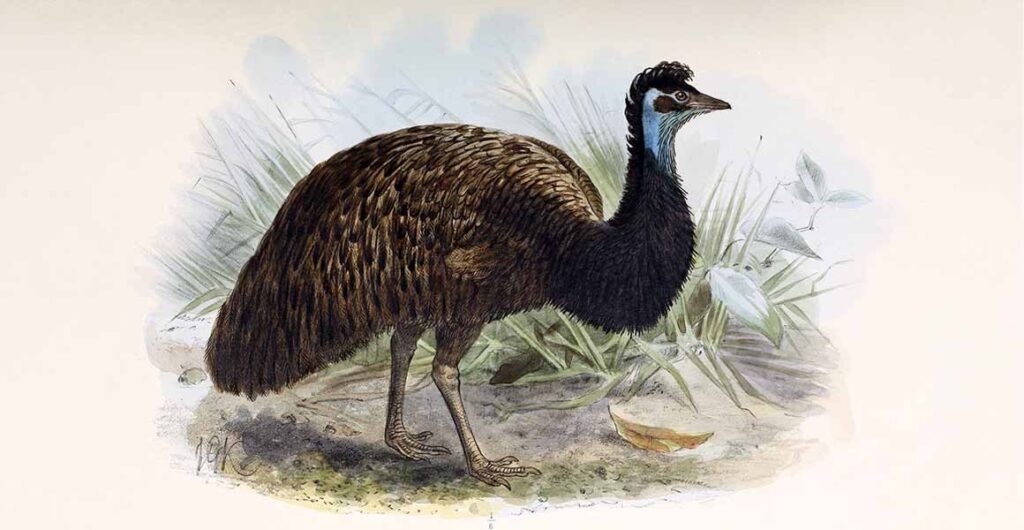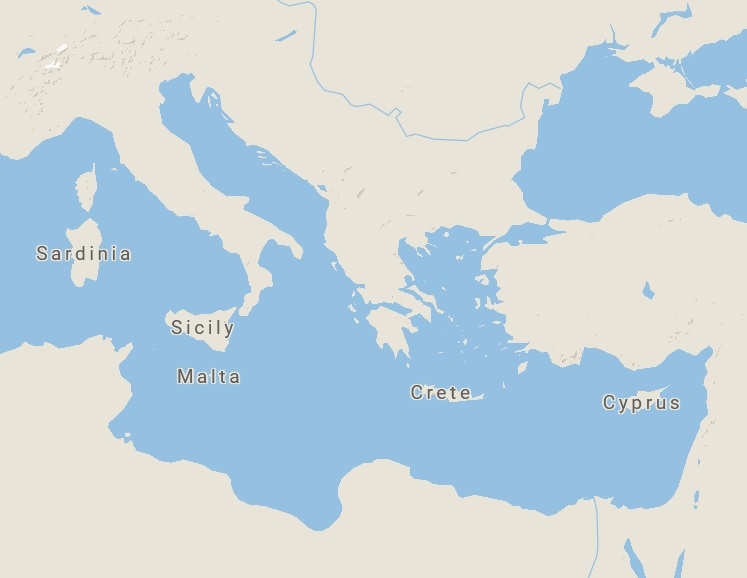What do the dwarf hippo and dwarf emu have in common?
First of all, no, this is not a trick question!
Back in July, we explored the topic of environmental recovery on islands where pest eradication works have occurred. So this month, staying with the theme of biodiversity on islands, let’s take a look at the fascinating story of what history tells us happened to populations of some species that were isolated on islands for long periods of time…
We begin today with this recent article published in the Conversation, which explores the possible role of human hunting in the extinction of dwarf hippos and dwarf elephants on islands within the Mediterranean Sea, after the last ice age.
[For a quick tangent… reading this article actually reminded of a really great book from the 1990s, “The Future Eaters” by Tim Flannery, which was later adapted for TV. The Future Eaters is a great read – in my view – because Tim was prepared to bravely share a big hypothesis of environmental change, in a field of science that is – and remains – complex and contested. However, in doing so, he got people talking and thinking about human movements and interactions with landscapes over deep time, and encouraged discussion among a much wider audience. Although tackling different issues, Bruce Pascoe’s book, “Dark Emu“, was equally controversial among the experts but I think did something similar – and equally important – for Australians 20 years later through the topics of discussion it raised in relation to Aboriginal land management. Some of the complexity of this story was later shared in this interesting ABC documentary.]
Anyway, back to dwarf hippos and other equivalent stories of miniature animals from around the world – have you wondered exactly what it is about islands that seems to cause some of them to become smaller in stature (and others bigger)?
Scientists think it is all about how selective pressure / evolution, is influenced by factors like competition for resources and changes in predation pressure, because small islands never contain the same diversity of species, habitats or resources as nearby mainland areas. If you would like to learn more about this very interesting topic, this article on island dwarfism is well worth a read, as is this overview in the Guardian.

In Australia, we have our very own parallel stories of dwarfism on some of our islands.

In the case of the dwarf emus that once occurred on Kangaroo Island, King Island, Flinders Island and Tasmania, unfortunately they also met a similar fate, rapidly hunted to extinction after the arrival of Europeans in the 1800s. To learn about the dwarf emus of south-eastern Australia – including all about the size of their eggs, and the recent, incredible discovery a few years ago of an almost complete egg in the dunes on King Island – please follow this link, or read the pdf version of this scientific article a little further below.
So, as you have no doubt guessed, the Mediterranean dwarf hippo and Australian dwarf emu have a few things in common!
The key ones are that both evolved as a result of long periods of isolation on islands, and although unfortunately both are now extinct, they have left behind key evidence that is proving incredibly important for our modern scientific understanding of island biogeography and evolutionary processes.

